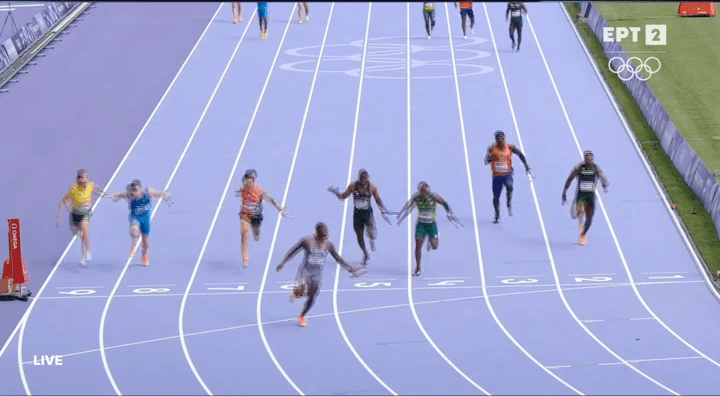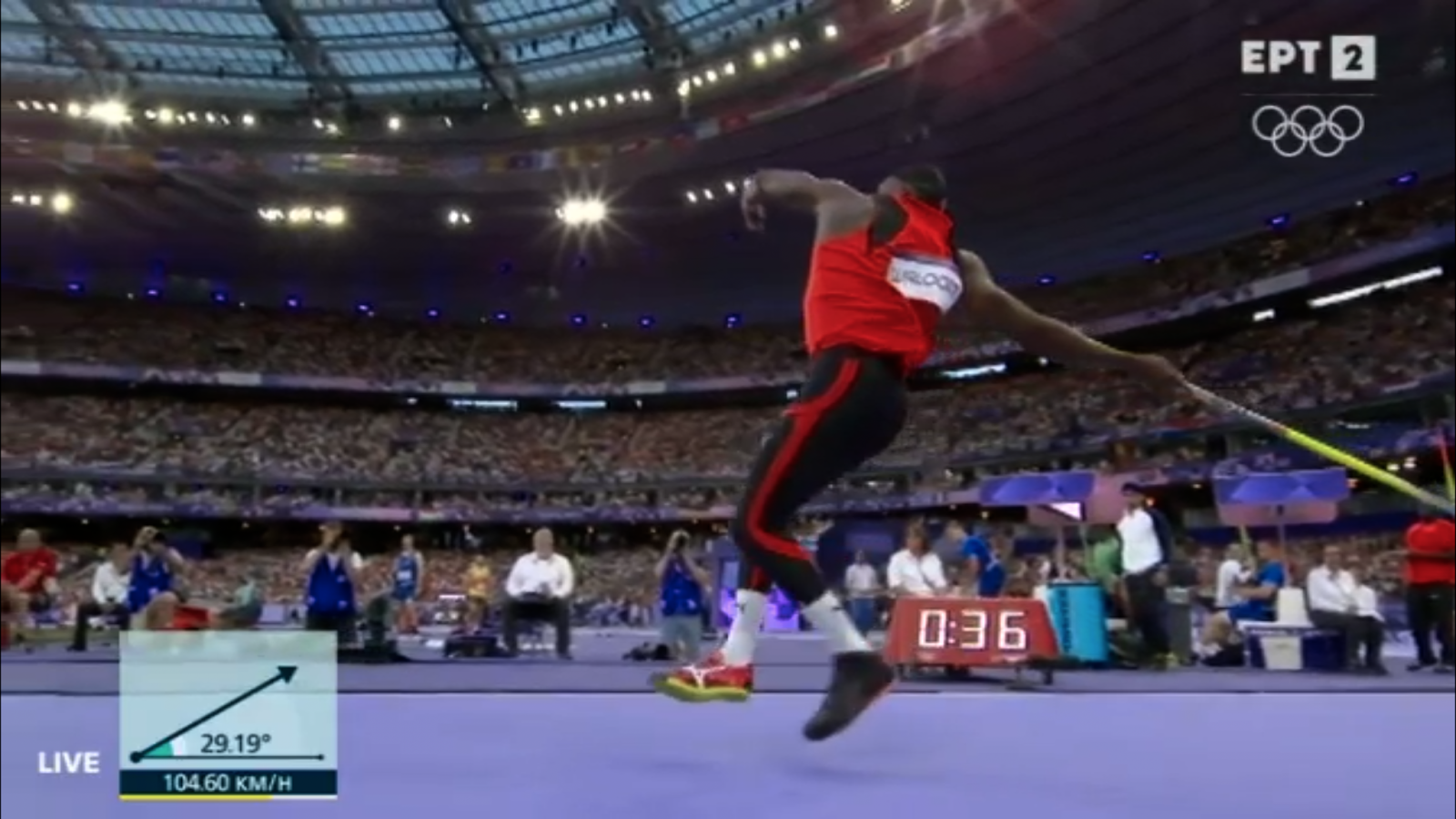The 2024 Olympics are over and before presenting my customary reports I would like to write about a few things, some that I did like a lot, some that irritated me and some that I found totally uninteresting. I am talking here about Athletics. I have an aversion to this great rigmarole that are the (modern) Olympic Games, the main usefulness of which is to fill the coffers of the IOC. And I am not interested in any other of the "olympic" sports (although I have a great respect and admiration for the athletes practicing them) apart from Athletics. Not even swimming despite the fact that I am a (fin)swimmer myself.
So, let us start with an innovation that I found great, the repêchage rounds. Previously, for most athletes, their participation was limited to a single round, with qualification to the semi-final reserved to a selected few. Now, with a repêchage round, the athletes have a second chance, a race which is a kind of a final for them, the first being rewarded by a qualification to the semis. Why on earth didn't they think of this earlier? This is the perfect scenario but, of course, it requires that the athletics program be stretched out over more days. In Paris, with Athletics covering 11 days, introducing repêchage races was quite easy. Next year in Tokyo, with the World Championships covering just 9 days, the program may be more cramped. But I just hope that the repêchage is here to stay.
Those who follow my blog know that I despise race-walking. I pointedly ignore it in my reports, the only occasion when I included it was when A. Drisbioti won both distances in the 2022 Europeans. But I will make another exception this time in order to talk about the race-walk mixed relay race. I have always wrote that replacing the 50 km by a 35 km was a stupid move: the two distances are too close, resulting often in the same person winning both. Fortunately for the Olympics, World Athletics decided (perhaps they were forced to this) to replace the 35 km by a relay. I like the formula of the relay, which is reminiscent of the 2x2x400 m mixed relay that was part of the World Relays program in 2019 and 2021. The same athlete has to run twice (well, for race walking I should have written "walk" but, as we all know, the race-walkers are in fact running so the "run" stays). Of course the resting time is substantial (of the order to 40 minutes) but still, having to do it twice is really taxing. My main objection concerns the choice of the distance. Why did WA opt for a Marathon distance (apart from the catchy name)? Competing over a distance of 42195 m means that the splits will be uneven. And indeed they are: male 11.45 km, female 10 km, male 10 km, female 10.745 km. It would have been much more organisation-friendly if the relay race were held over 40 km with exactly 10 km loops. But Lord Sebastian decided otherwise, so ...
The next thing that I liked a lot was the kinogram in the horizontal jumps and the javelin throw. It adds a really nice touch to presentation and can even be interesting from a technical point of view.
Another visual effect that I liked was the rotating-camera image for sprint events, which gives a 3-D aspect of the arrival. Obviously, it is not meant to replace the photo-finish but, still, it is a nice to look at.
Unfortunately there were also things that irritated me. In the throws there was an information added giving the angle of the throw and the velocity of release. And, wait for it, four figures were given for the angle and the speed. This is utterly ridiculous. Both these quantities vary enormously with the point at which they are measured. I don't think that the measurement precision can be better than ±3 degrees in the angle. And looking at the dispersion of the angles among the athletes, rounding the angle to the nearest integer would have been more than enough. The same is true for the velocity of release: decimals are superfluous. Giving four significant figures is absurd and, to some extent, misleading. (And I would have preferred the velocity to be given as metres per second, in which case one decimal point would have been acceptable). Being a physicist, I hate fake precision, but the way measurements are presented on the tv is, unfortunately, not decided by scientists but by journalists who, in the majority, do not know what they are talking about.
And the same journalists did not refrain from heaping praises on the organisers for the "ringing the bell" or the "three ground strikes" ideas. I beg to differ. I find these things a mere window-dressing with absolutely no value whatsoever. (I case you are wondering what am I talking about, all winners had to ring a bell after the victory, a bell that will eventually ornate Notre Dame, and every session was officially opened by a theatrical three strikes with a staff held by an ex-champion). The bell ringing is meant to capitalise on a certain post-victory enthusiasm adding an extra moment to the flag draped parade of the medalists. As to the three strikes, at least they offered us the occasion to see again some of the old champions, which was enjoyable in some cases (but less so in the case of King Carl).






No comments:
Post a Comment